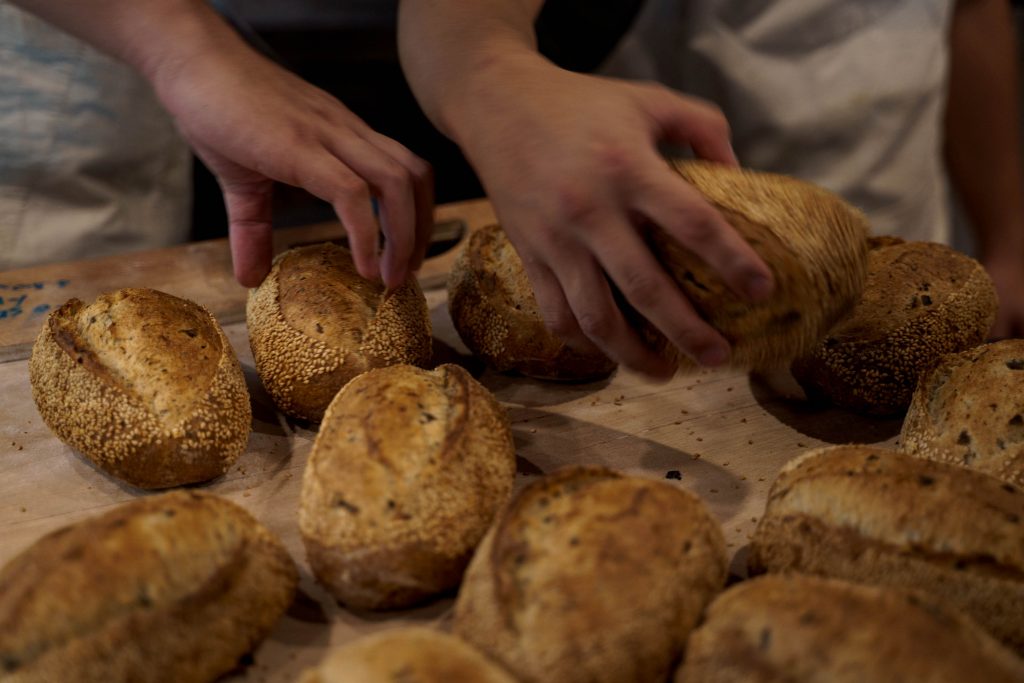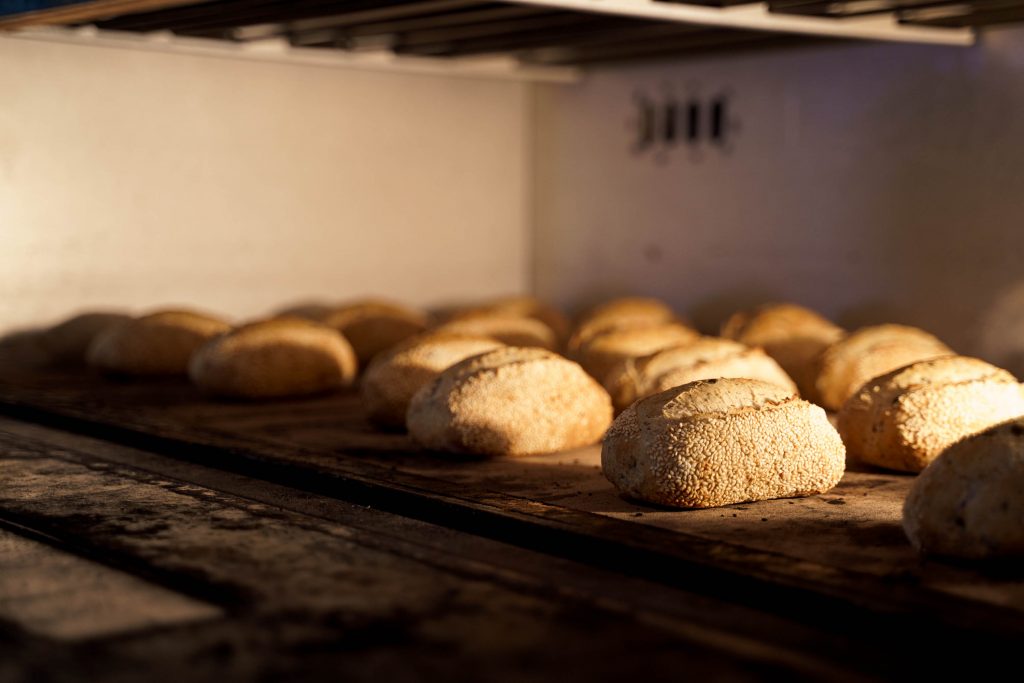Loading article...
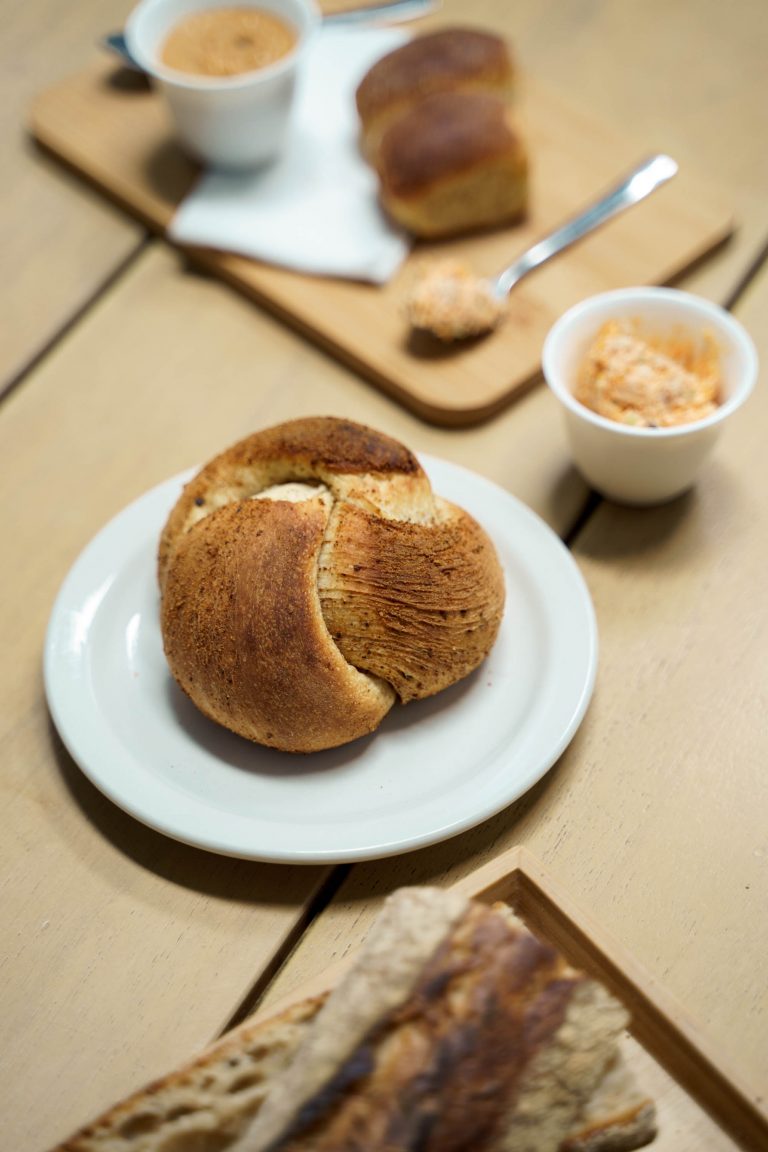
HOW TO BAKE YOUR OWN SOURDOUGH BREAD
Chef Richie Manapat is always coming up with new recipes, especially for bread.
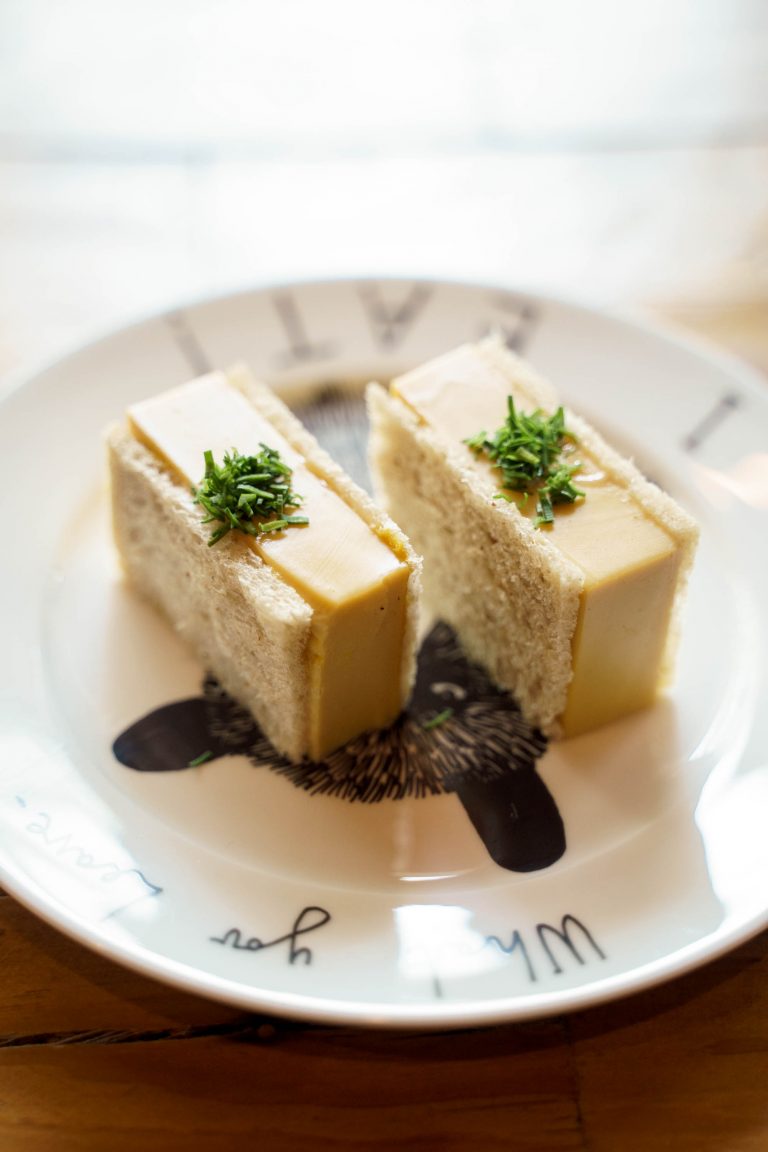
It’s not always a hit — one German-inspired experiment, he recalls, may have been too out-of-the-box for local tastes — and not all of them make it to the menu of Panaderya Toyo, where he’s been head baker for a little over a year. But his attempts at trying something new, coupled with his efforts to put the focus on organic and sustainable breadmaking, have resulted in delightful and one-of-a-kind creations.
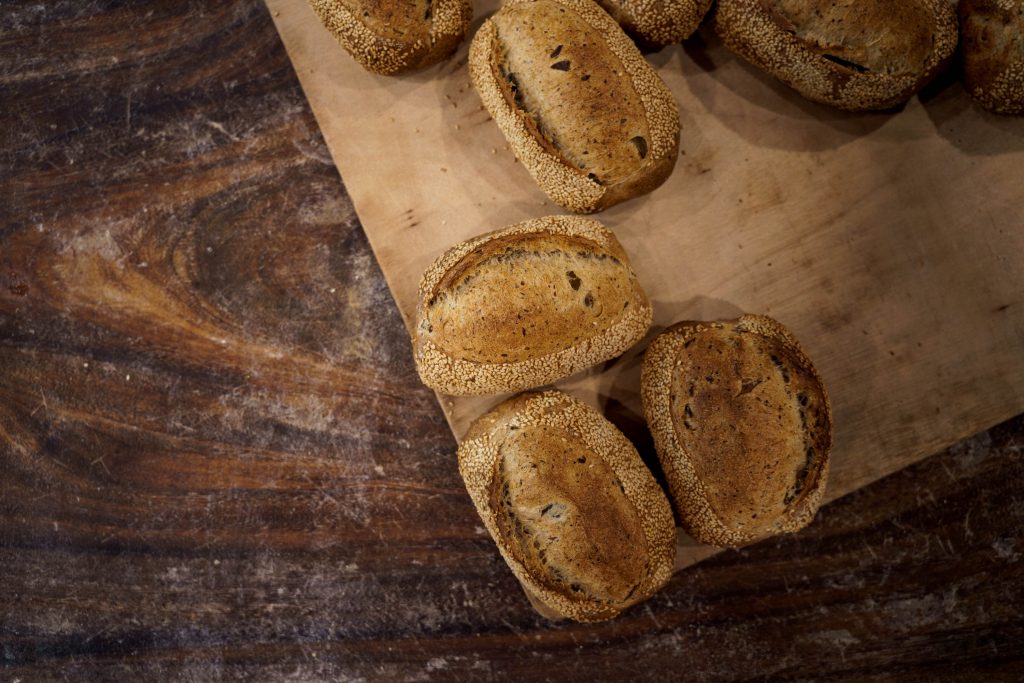
One such winner is Panaderya’s version of pan de sesamo: sourdough loaves crusted with sesame seeds, made extra flavorful with a seaweed infusion. The seaweed comes from Toyo Eatery, which boils it for stock; they would usually just throw the seaweed away, but Manapat came up with a solution that’s zero-waste and delicious.
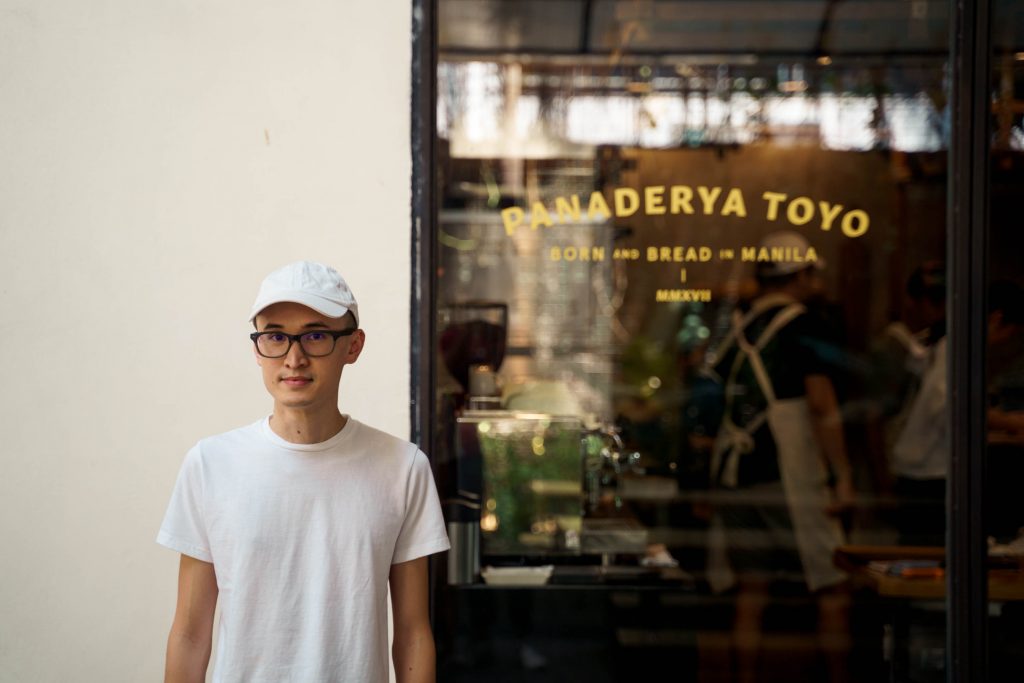
The Edition recently paid a visit to Panaderya Toyo to learn how home bakers can whip up their own pan de sesamo. It’s important, according to Manapat, to feel your way through the dough. Baking is often a learning process, and you just have to be unafraid to make mistakes and get better with trial, error, and time.
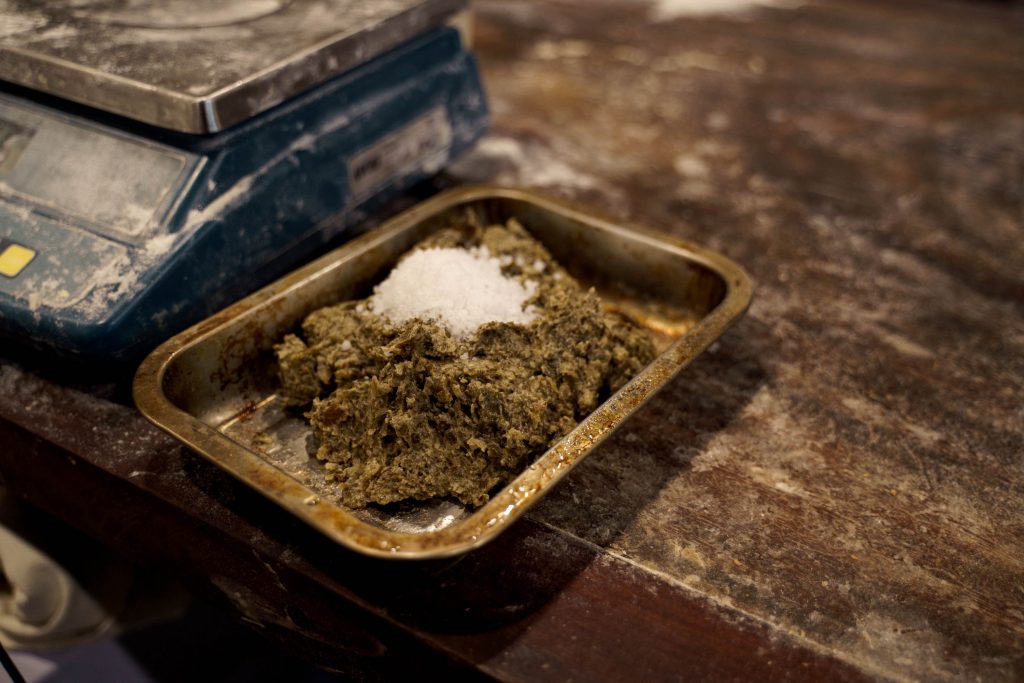
“You know exactly what goes into the bread when you make it yourself. There’s this whole other dimension of flavor. It’s also far healthier for you, more digestible, and you get more nutrients from it. It’s quite satisfying.”
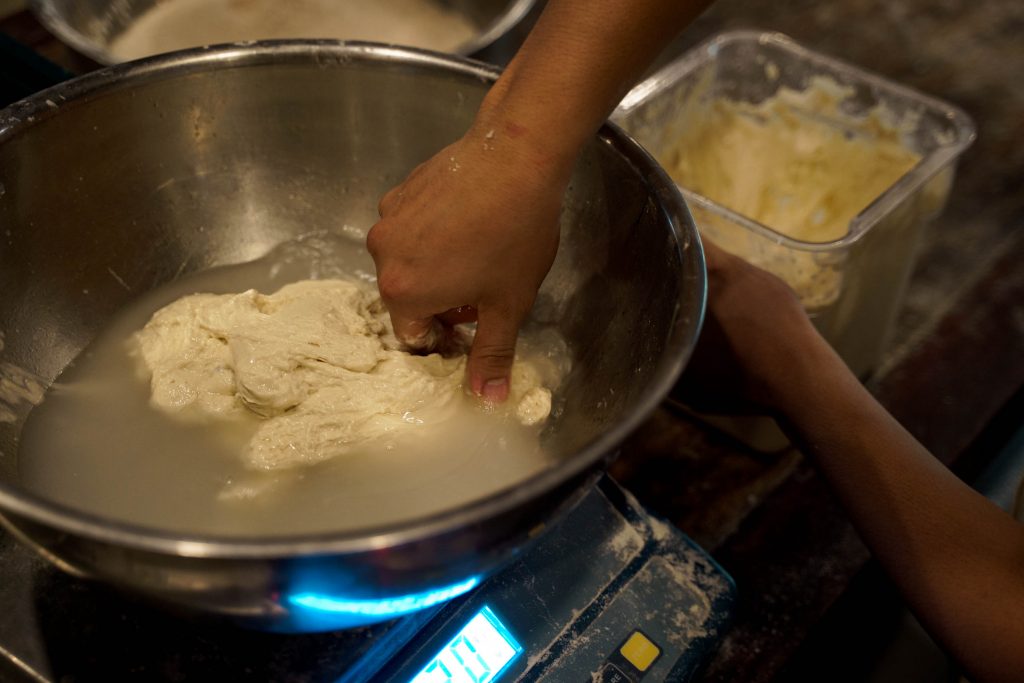
The day before baking, the bakers at Panaderya Toyo feed 150 grams of their sourdough starter — a mixture of water and flour fermenter to grow yeast and bacteria — with 150 grams of baker’s flour and 90 grams of water. Leave the starter at room temperature for about three hours, then place into a chiller.
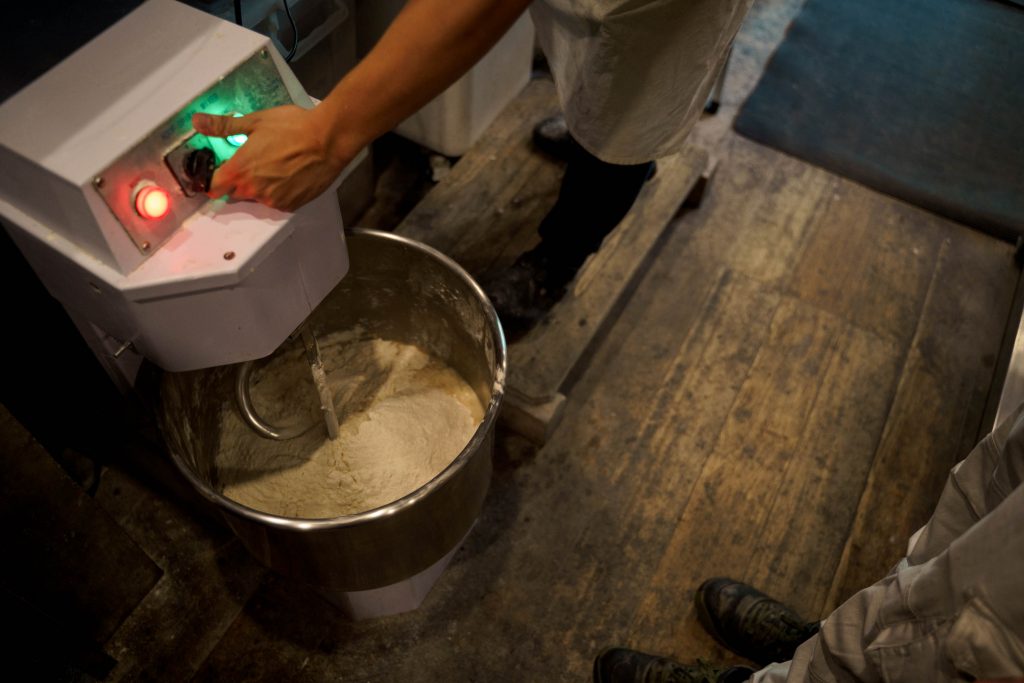
The first mix
When the sourdough starter has been refreshed, gently mix 300 grams of it with 572 grams of flour (half baker’s and half all-purpose, the unbleached kind being best), 185 grams of whole wheat flour, and 415 grams of water until combined. Cover and leave for 30 minutes.
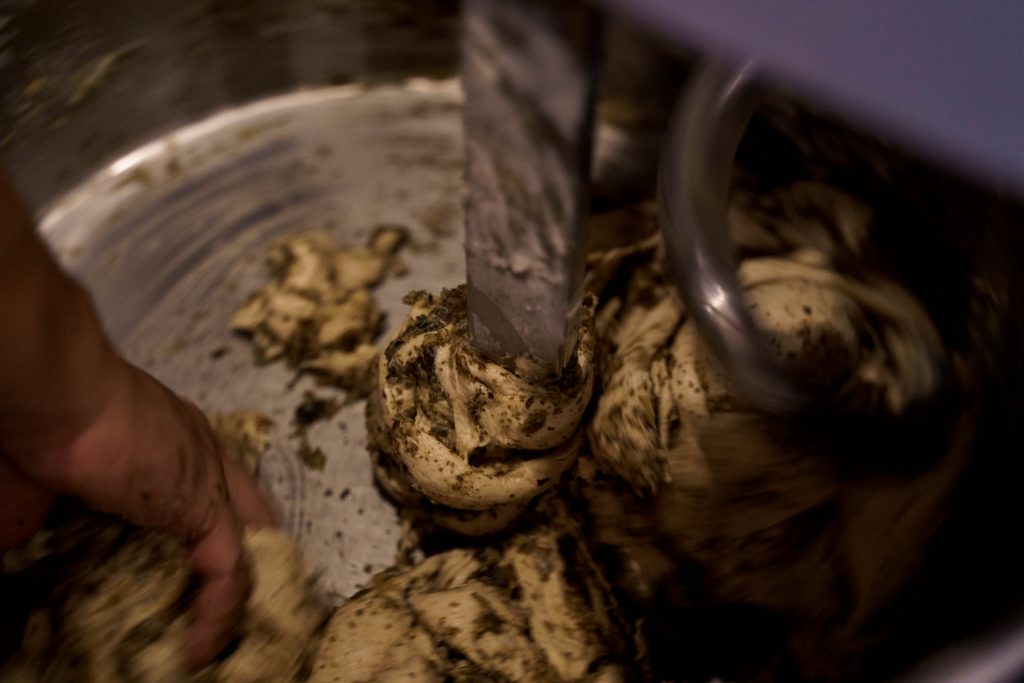
The second mix
In a blender or food processor, combine boiled seaweed, extra virgin olive oil, and light soy sauce. Carefully add 320 grams of the seaweed mixture and 18 grams of sea salt to your dough, then gradually add 88 grams of water, making sure that the dough is able to form again when it breaks. Rest again, covered, for an hour.
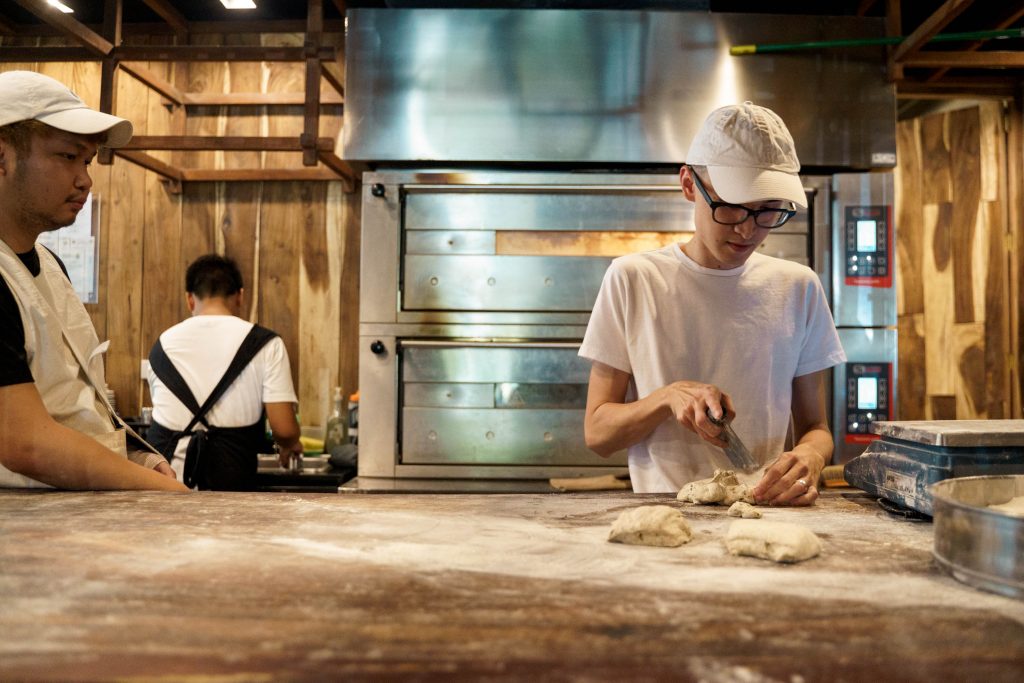
Divide and conquer
When the dough has risen, it should be smoother and springier, with more tension. Fold it and rest in an oiled container. After 30 minutes, fold and rest again, then repeat after another 30 minutes.

After your third fold-and-rest, divide your dough into 200-gram portions, which should yield about eight pieces. Fold the portions twice and shape into balls before resting for 30 minutes.
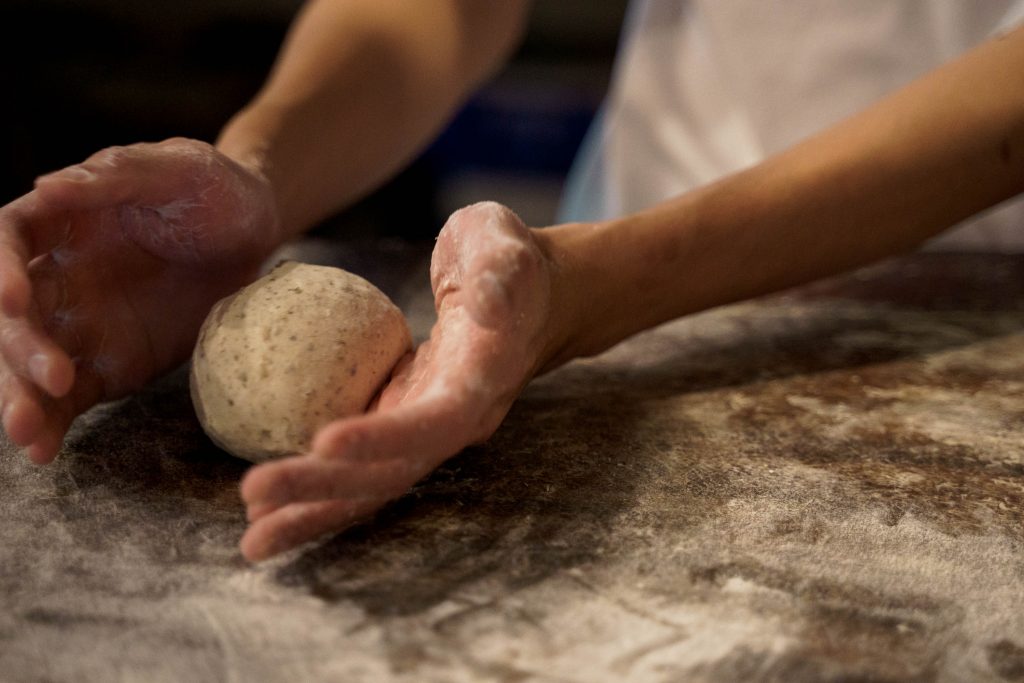
Shape and roll
To shape your dough into loaves, flatten each portion into a rough triangle, fold each side toward the center, and carefully roll and tuck five times until you reach your desired loaf shape. Roll the dough on a wet cloth, and then over sesame seeds until covered. Place the loaves seam side up on dry cloth — fold the cloth between rows to create barriers so they won’t lose their shape — and rest covered for two hours.
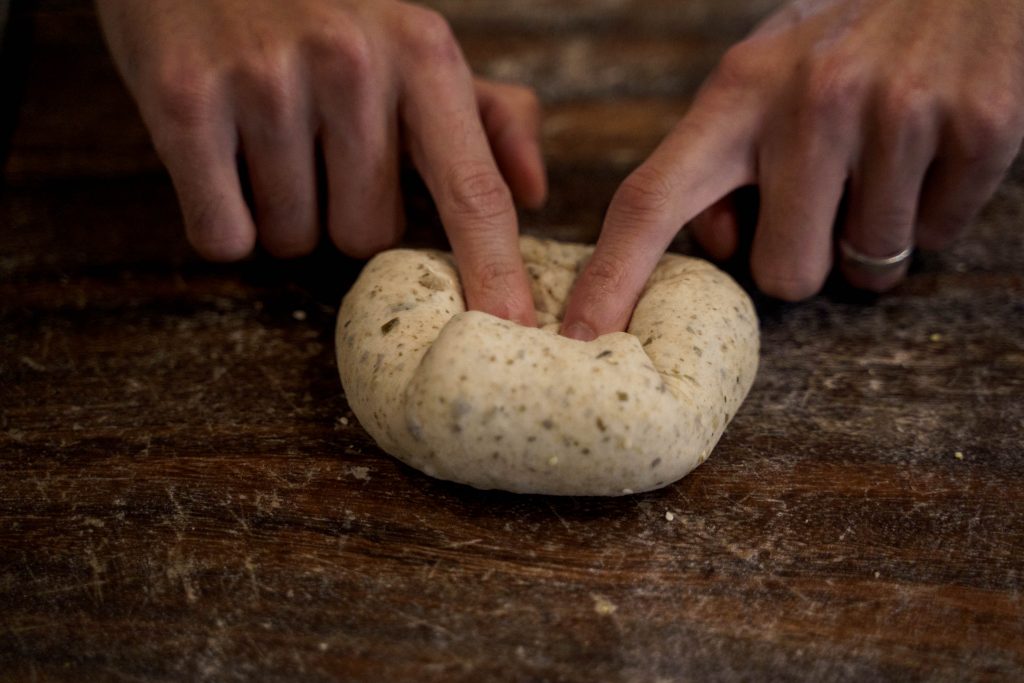
Bring the heat
Preheat the oven to 240°C (if you have a stone oven, it works better). Flip the sesame rolls with the seam side down, and use a knife to make a cut on top of the dough to help it bake evenly. Place in the oven on a tray, or directly onto the stone. Spray the loaves with water, and let them baker. After 15 minutes, rotate the loaves, making sure that they won’t be too brown or burn. (Lower the temperature if they are.) Bake for another 10 to 15 minutes. When they’re done, they should feel light in your hand, crispy on top and solid at the bottom.
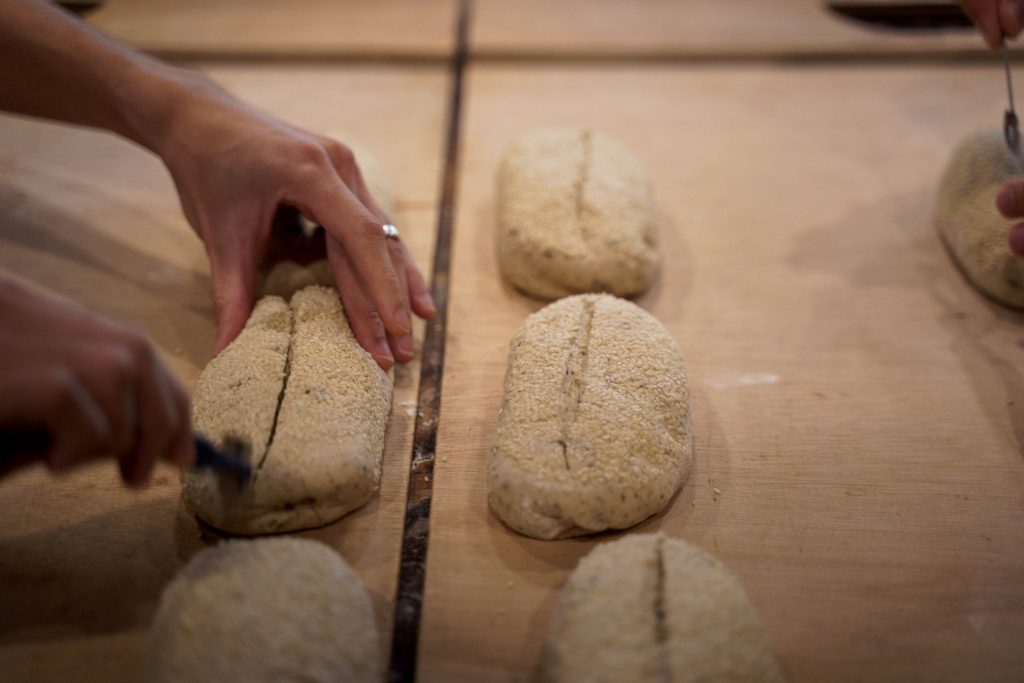
Panaderya Toyo is at The Alley at Karrivin, 2316 Pasong Tamo Ext and is open from Tuesdays to Saturdays, 11 am to 6 pm.
